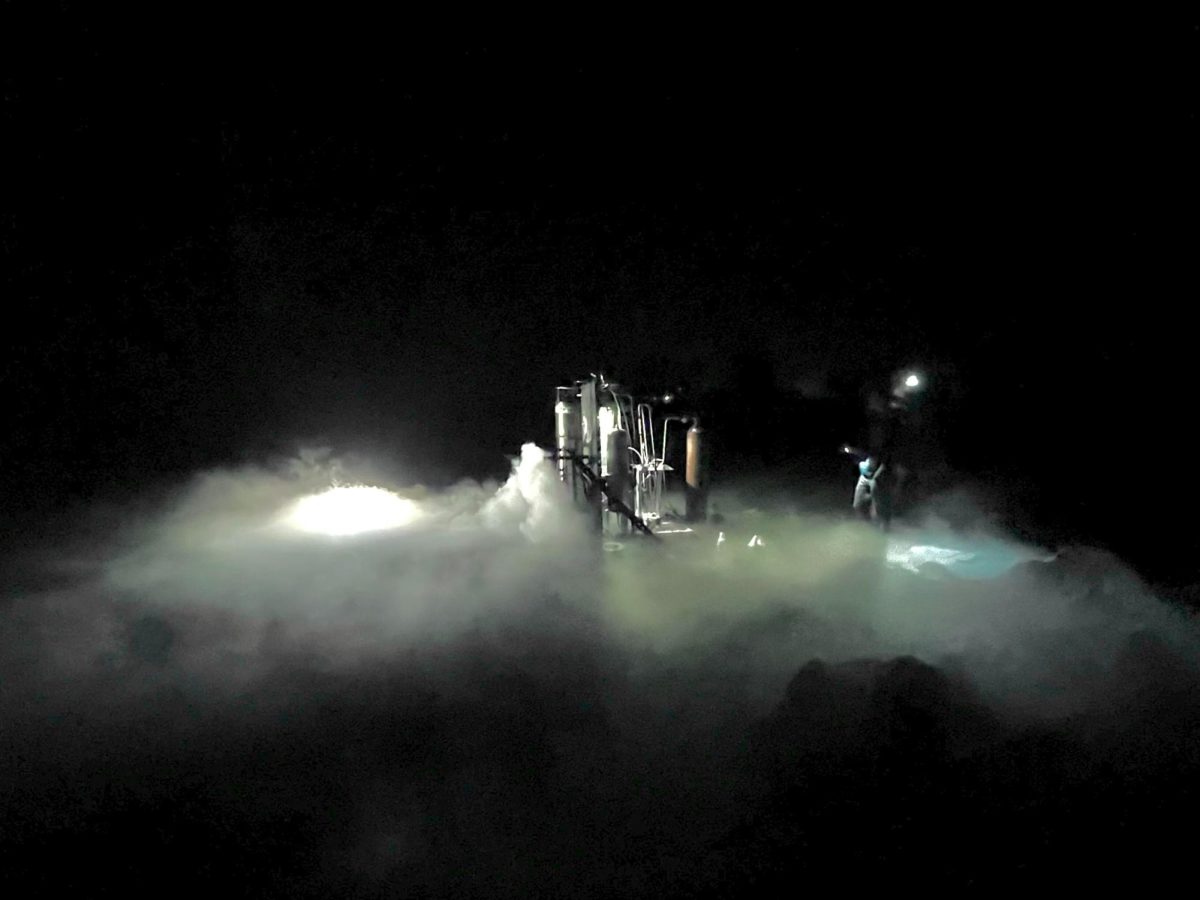In the vast expanse of the universe, an extraordinary state of matter reigns supreme: plasma. Composing the majority of the cosmos, plasma is a superheated state of matter in which electrons are torn away from atoms, forming ionized gas.
This unique form of matter holds the key to a revolutionary energy source, and David Ruzic, professor in Engineering, has dedicated his life to unlocking its potential.
For nearly four decades, Ruzic has been a guiding force at the University. He is currently nurturing 17 funded doctoral students and a team of dedicated research scientists.
His research efforts are fueled by industry funding, which not only drives cutting-edge research but also supports the education and training of future scientists and engineers.
Scientists like Ruzic explore how plasma interacts with materials to revolutionize our understanding of the universe and provide a clean, efficient energy source.
Get The Daily Illini in your inbox!
“Plasma has an increasing use in a wide variety of fields, and that’s why the plasma engineering field has been able to grow so much,” Ruzic said.
The sun — the most powerful source of energy in our solar system — relies on fusion to power its brilliance. Ruzic has dedicated his career to understanding and utilizing plasma, as well as working toward recreating fusion on Earth.
His focus is not on replicating the sun’s massive gravity-based confinement, but on harnessing magnetic fields to contain plasma in a vacuum system. However, achieving fusion on Earth presents unique challenges due to the extreme heat generated during the process.
The surface of the sun is incredibly hot, and replicating these conditions on Earth requires overcoming formidable obstacles. The sun’s heat flux at its surface is a staggering 63 million megawatts per square meter. Handling this immense heat flux is no easy task, as it would instantly melt even the most robust materials.
“So the standard way to try to make a fusion device is, where the plasma hits, you’re going to use the element which has the highest melting point on the periodic table, that is, Tungsten,” Ruzic explained.
However, even tungsten cannot withstand the full 63 megawatts per square meter heat flux without melting. The challenge then becomes spreading out the heat to a larger area. Current fusion projects, such as the ITER project in the south of France, have encountered issues due to their huge size and associated costs.
“The problem with it is, it’s so big and therefore so costly that even if it works and makes some net energy, no one in their right mind is going to pay for it because it’s not just that you have to make energy, you have to make energy economically,” Ruzic said.
As of now, 80% of the world’s energy comes from fossil fuels, contributing to the increasing levels of carbon dioxide emissions. Ruzic believed a transition to nuclear energy — especially fusion energy — is necessary to mitigate the climate crisis.
In the United States, 20% of electricity is produced through nuclear fission, while France boasts an impressive 85%. These statistics illustrate the potential of nuclear energy to replace fossil fuels, provided that cost-effective fusion energy becomes a reality.
To make fusion economically viable, Ruzic’s approach focuses on using magnetic confinement while optimizing the materials used in the fusion device. In contrast to the traditional choice of high atomic number materials like tungsten for the walls, he proposes using the lowest atomic number element possible — lithium.
Lithium is an ideal candidate for the fusion device’s wall because it can tolerate a significant amount of lithium in the plasma without hampering the fusion process.
“Everything goes bad in the fusion reactor as the atomic number squared,” Ruzic said.
However, lithium’s low melting point at 180.50 degrees Celsius presents a challenge. To address this issue, Ruzic suggested creating a wall made of flowing molten lithium.
This method allows the section of the wall exposed to the plasma to become hot enough to facilitate the fusion process while avoiding lithium’s evaporation.
In Ruzic’s vision, the fusion device effectively contains the sun’s energy within a metal container. Unlike the sun, which radiates its energy into outer space, everything leaving the plasma hits the wall.
Alongside the intense heat, the wall saturates over time. This saturation means that every hydrogen atom hitting the wall eventually returns to the plasma at the temperature of the wall, creating a thermal imbalance within the fusion device.
However, Ruzic provided a solution to the given issue.
“If my wall is made out of flowing lithium, it turns out, everything that hits lithium, sticks,” Ruzic said. “It’s flowing so it can’t saturate because new Li is always coming in. It won’t fuse, it will just get sucked up chemically. So now, nothing goes back in and the temperature of the plasma is uniform.”
This allows for consistent fusion reactions throughout the entire volume of the device, making it possible to build much smaller, more cost-effective fusion reactors that can produce the same amount of energy as their larger counterparts.
The implications of this innovation are profound. By making fusion energy economically feasible, it paves the way for a clean and virtually limitless source of power.
“In the 2030’s, 15 years less from now, we can see a power plant, or at least a mockup,” Ruzic said. “First of its kind or something like that. It’s very exciting at this point.”
Tokamak Energy, a UK-based company, is said to have commercial fusion energy by 2038. Commonwealth Fusion Systems, an American fusion power company, is also set to build a small fusion power plant hinged around the ARC tokamak design.











